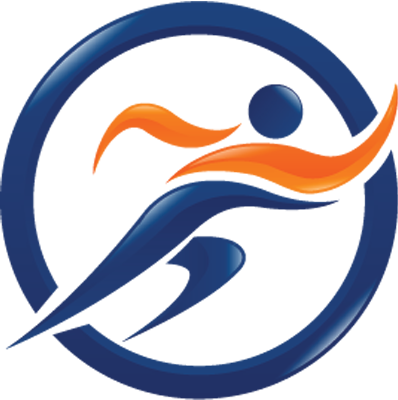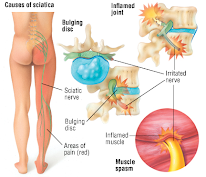What is Guillain-Barre Syndrome (GBS)?
Guillain-Barre Syndrome (GBS), pronounced "ghee-YAN bah-RAY," is a rare neurological disorder in which the body's immune system mistakenly attacks the peripheral nerves. This condition can lead to weakness, numbness, and tingling sensations, and in severe cases, it can cause paralysis. GBS typically develops rapidly and can progress over the course of a few weeks.
PREDISPOSING FACTORS:
AGE: COMMON BETWEEN 15 TO 25 YEARS.
SEX: COMMON IN FEMALES
INFECTION: VIRAL IN THE FORM OF EPSTEIN BARR VIRUS.
VACCINATION: RABIES, TYPHOID, TETANUS, OR INFLUENZA.
IDIOPATHIC:
Sign and Symptoms
Some common signs and symptoms of Guillain-Barre Syndrome include:
Muscle weakness, often starting in the legs and spreading to the arms.
Tingling or numbness in the extremities.
Unsteady gait or difficulty walking.
Loss of muscle reflexes.
Pain, often described as aching or cramping.
Difficulty with facial movements, speaking, chewing, or swallowing.
Breathing difficulties in severe cases.
The exact cause of GBS is not fully understood, but it is often preceded by an infection, most commonly respiratory or gastrointestinal infections. It is believed that the body's immune response to the infection triggers the autoimmune reaction that leads to the damage of peripheral nerves.
Diagnosis of GBS typically involves a medical history, physical examination, and various tests such as nerve conduction studies and lumbar puncture to examine cerebrospinal fluid. Early diagnosis and prompt treatment are essential to manage the condition effectively and minimize potential complications.
Treatment
Treatment for GBS often involves hospitalization to monitor the progression of the condition and to provide supportive care. Intravenous immunoglobulin (IVIG) and plasmapheresis are common treatments used to reduce the severity of GBS by modulating the immune response. With appropriate care, most people with Guillain-Barre Syndrome can recover over time, although the recovery period may be lengthy, and some individuals may experience residual weakness.
It's important to consult a healthcare professional if you suspect Guillain-Barre Syndrome or are experiencing symptoms. This condition can be serious, and early intervention is crucial for the best possible outcome.






